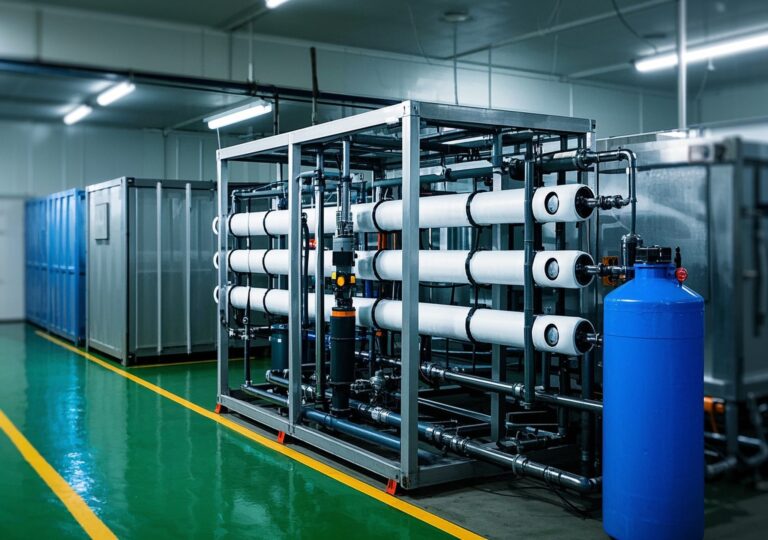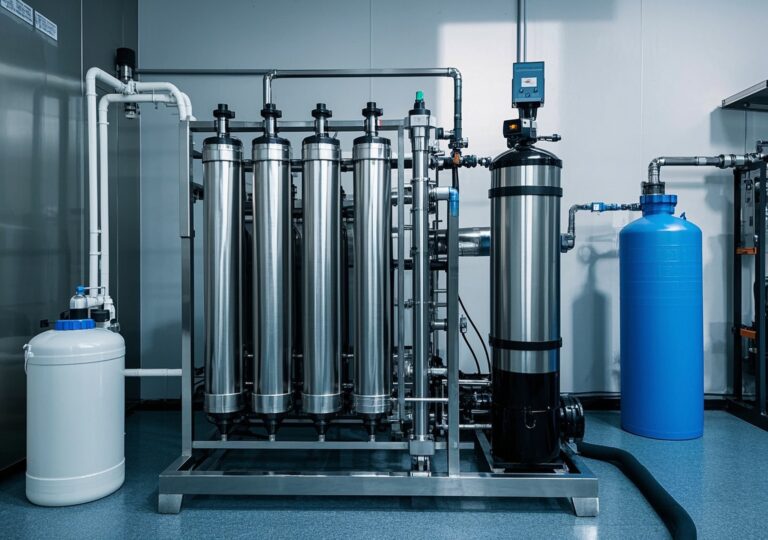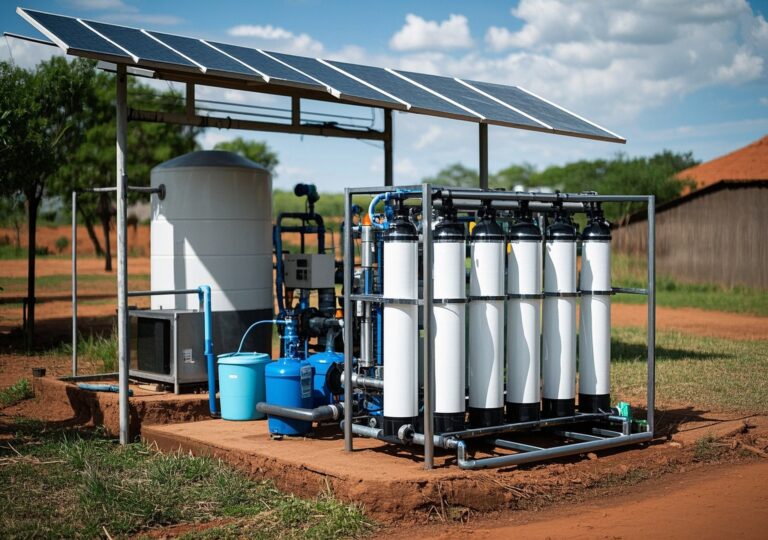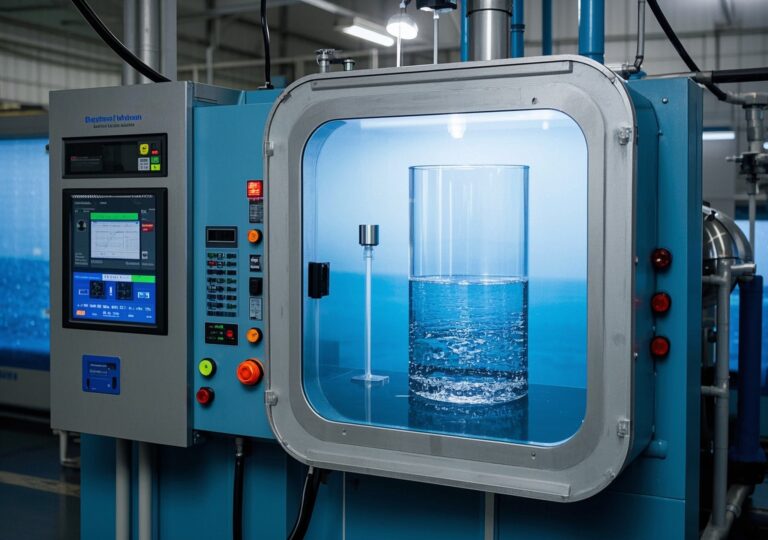Just In: What is RO System of Water Treatment Tackling Water Scarcity
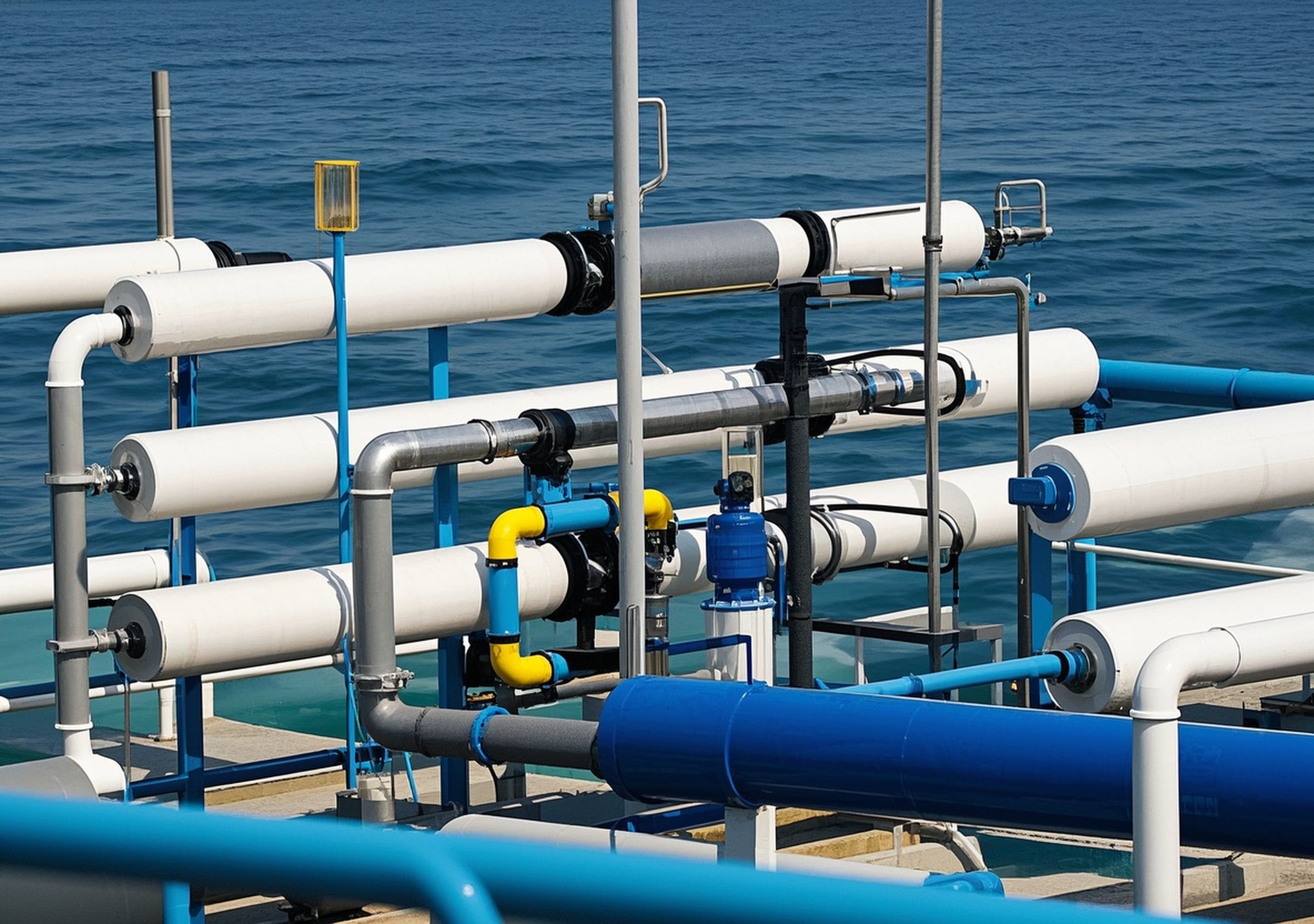
Just In: What is RO System of Water Treatment Tackling Water Scarcity
Water scarcity has increasingly become a defining challenge of our time. As global populations expand and climate change alters fresh water availability, innovative solutions in water treatment have transitioned from conveniences to necessities. Among these technologies, the reverse osmosis (RO) system has established itself as a cornerstone for ensuring access to clean, safe, and potable water worldwide. Leveraging a membrane-based purification process, RO systems are pivotal not only in household and industrial water treatment but also central to advanced seawater desalination efforts.
1. Industry Background and Core Expertise
In the water treatment industry, companies specializing in membrane filtration technology have become key players in addressing critical water challenges. Firms focusing on reverse osmosis technology bring decades of expertise in designing systems capable of treating a variety of water sources—including brackish water, municipal supply, and seawater—across industrial, municipal, and marine applications.
These manufacturers have refined the technology to integrate efficient pre-treatment filters, compact modular designs, and innovative post-treatment sterilization techniques. Through strategic R&D investment and global deployment, they have positioned themselves at the forefront of water purification solutions, especially in harsh and remote marine environments.
2. Product Overview: Types and Technical Principles
At its core, the RO system employs a semi-permeable membrane that removes dissolved salts, organic matter, bacteria, viruses, and other contaminants by applying pressure to force water molecules through the membrane, leaving impurities behind. The key components and variations include:
- Reverse Osmosis Membrane Systems: Membrane elements available in spiral wound, hollow fiber, or tubular forms, depending on application needs.
- Pre-treatment Filtration: Multi-stage filters such as multimedia, cartridge, and activated carbon filters to protect RO membranes from fouling and extend lifespan.
- Containerized RO Solutions: Fully integrated, pre-packaged systems housed in containers for ease of transport and rapid deployment, especially suited for remote and offshore applications.
- Disinfection Modules: UV sterilizers or chemical dosing systems post-RO to ensure microbiological safety of the treated water.
Equipment is offered in a range of sizes and capacities, typically measured in cubic meters per hour (m³/h), scaling from small point-of-use units ideal for households to massive industrial or municipal RO plants treating thousands of m³ daily.
3. Marine and Seawater Desalination Systems
Seawater desalination represents a critical application of RO technology, enabling the conversion of seawater into potable water. Key performance parameters for marine RO desalination systems include salt rejection rate (commonly >99.5%), energy consumption (expressed in kWh per cubic meter), and system recovery ratio (the percentage of feedwater converted to permeate).
RO desalination units are designed to handle high salinity feedwaters with robust fouling resistance and corrosion protection, allowing deployment on yachts, offshore platforms, and coastal municipalities. The advantage of RO seawater desalination lies in its high contaminant removal rate, compact footprint, and increasing energy efficiency driven by innovations such as energy recovery devices (ERDs).
4. Global Water Scarcity and the Strategic Importance of RO Technology
Water scarcity affects billions worldwide, prompted by growing populations, urbanization, agricultural demands, and climate variability. The United Nations estimates that by 2025, nearly two-thirds of the world population may face water shortages.
Against this backdrop, the role of seawater desalination and advanced water treatment using RO systems cannot be understated. They offer a resilient, scalable solution to produce fresh water independent of rainfall or surface water sources, safeguarding communities and industries.
Market studies reveal that the global point-of-use water treatment systems market, dominated by RO technology accounting for 32% of revenue in 2024, is expected to grow at a CAGR of 9.2% through 2030. Additionally, the seawater desalination market is projected to soar from USD 21.74 billion in 2024 to USD 58.38 billion by 2033, reflecting the escalating demand for freshwater alternatives (Grand View Research; Research and Markets).
5. Technology Innovations Driving Performance Enhancements
Recent advancements focus on improving membrane materials, system design, and energy efficiency:
- Advanced Membrane Materials: Development of thin-film composite membranes with enhanced salt rejection and greater fouling resistance.
- Energy Recovery Devices: Integration of ERDs recovering up to 60% of energy, substantially lowering operational costs.
- Smart Control Systems: Automation and remote monitoring improve operational reliability and enable predictive maintenance.
- Modular and Skid-mounted Systems: Allow flexible scaling and faster installation, especially beneficial for emergency water supply.
In my experience overseeing an offshore platform installation, the introduction of an energy recovery-enhanced RO system reduced power consumption by 30%, enabling longer mission durations without resupply. Similarly, a municipal water project I advised saw a 25% increase in throughput after upgrading membranes to next-generation materials.
6. Understanding the RO Water Treatment Process
The desalination sequence involves three fundamental stages:
- Pre-treatment: Raw seawater is first filtered to remove suspended solids, algae, and organic matter, using multimedia and cartridge filters.
- Reverse Osmosis Filtration: High-pressure pumps push water through the RO membranes, separating salts and impurities.
- Post-treatment: The permeate is adjusted for pH stabilization and disinfected through UV or chemical dosing, ensuring potable water quality.
The membranes, often made from polyamide thin films, act as selective barriers allowing only water molecules to traverse, effectively eliminating contaminants such as bacteria, viruses, dissolved salts, and organic compounds.
7. Application Expansion: From Yachts to Offshore Platforms
RO water treatment systems have found diverse applications beyond municipal supply:
- Yacht and Pleasure Craft: Compact, plug-and-play units designed for saltwater environments ensure fresh water availability without dependence on ports.
- Offshore Gas and Oil Platforms: Customized high-capacity systems handle seawater supply and stringent quality regulations under extreme operational conditions.
- Remote Island Communities: Containerized solutions provide rapid-deployment fresh water independent of local infrastructure, vital in disaster relief scenarios.
Drawing from personal involvement in a coastal village project, deploying containerized RO units not only improved water quality but also enhanced local health outcomes by mitigating waterborne diseases within a year of operation.
8. Compliance with Regulatory Standards and Quality Assurance
Manufacturers of RO systems adhere to rigorous international standards including NSF/ANSI certifications for potable water safety, ISO quality management systems, and marine equipment directives. Compliance ensures:
- Safety in drinking water standards compliance.
- Durability and resistance against marine corrosion and biofouling.
- Traceability and accountability for materials and components.
Quality assurance protocols encompass membrane integrity testing, performance validation, and rigorous factory acceptance testing before shipment.
9. Commitment to Sustainability and Environmental Responsibility
Sustainable design is integral to modern RO system development. Key initiatives include:
- Energy Efficiency: Incorporation of ERDs and optimization of flow configurations to minimize electrical consumption.
- Brine Management: Adoption of environmentally friendly brine disposal methods, such as diffuser systems minimizing marine impact.
- Renewable Integration: Pilot programs coupling RO units with solar or wind energy to achieve off-grid operation.
These efforts not only reduce carbon footprints but also align with global commitments to water and environmental stewardship.
10. Enterprise Capabilities and After-Sales Service
Leading manufacturers back their solutions with comprehensive service networks, providing on-site commissioning, predictive maintenance contracts, remote monitoring platforms, and spare parts availability worldwide. Customization options allow tailoring systems to site-specific water quality, volume, and power supply constraints.
In projects I have consulted on, the availability of responsive technical support directly correlated with system uptime exceeding 98%, fundamental for continuous operations in critical industries.
11. Conclusion
The reverse osmosis system of water treatment stands as a technologically advanced and commercially viable answer to the looming global water crisis. Its wide adaptability—from homes to remote offshore installations—and continuous innovation position it as a keystone technology in securing sustainable freshwater supplies.
Enterprises at the forefront of this domain combine scientific innovation, engineering excellence, and environmental responsibility to deliver solutions that safeguard health and support economic growth.
For stakeholders ranging from utility managers to decision-makers in maritime industries, embracing RO technology represents an investment not only in water security but in the future resilience of communities worldwide.
To explore collaboration opportunities or obtain bespoke consultation, engaging with experts specializing in tailored RO water treatment systems is strongly recommended.
References
- Grand View Research – Point Of Use Water Treatment Systems Market Report, 2030
- Research and Markets – Desalination Technologies Market Size & Forecast to 2030
- Fact.MR – Desalination Technologies Market Size & Growth By 2033
- Fortune Business Insights – Desalination Technologies Market Size, Share | Global Growth, 2032
- Straits Research – Water Desalination Market Size, Share and Forecast to 2033
- Dataintelo – Reverse Osmosis Water Treatment System Market Report | Global Forecast From 2025 To 2033

